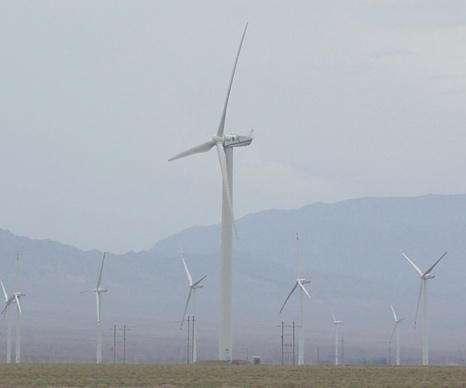China’s climate ambitions rest to a large extent on the activities of state-owned enterprises (SOEs) which are the dominant players in major GHG-emitting sectors, including fossil fuel extraction, power, and heavy industry. Despite their state owners and affiliations, SOEs are not passive extensions of the government, and their mixed private and public incentives affect their willingness to engage in costly transitions that create stranded assets and employee dislocations. Coal mining and power SOEs are major incumbents that could lose substantially with stringent climate policies and will face pain earlier than their peer firms. By examining the financial situation and employment structure of China’s largest coal and power utility, China Energy Investment Corporation, this paper seeks to understand the implications of a sharp reduction in coal activities on China’s state sector. Through extensive use of public financial documents and open databases on assets, a picture emerges of a complex coal value chain, where coal production and transportation on dedicated rail and shipping are highly lucrative while power generation is likely to become loss-making sooner when accounting for sunk costs. Faced with targets to reduce overall coal business, China Energy can maintain levels of profitability if prices stay at 2021 levels and by shedding its external coal purchases, pointing to pathways for large SOEs in the near-term for more ambitious carbon management strategies.
Recommended citation:
Davidson, M. R. (2022). Low-Carbon Transition Planning in China’s Coal and Power Soes: Case of China Energy. SSRN Scholarly Paper, Rochester, NY. https://doi.org/10.2139/ssrn.4124504

